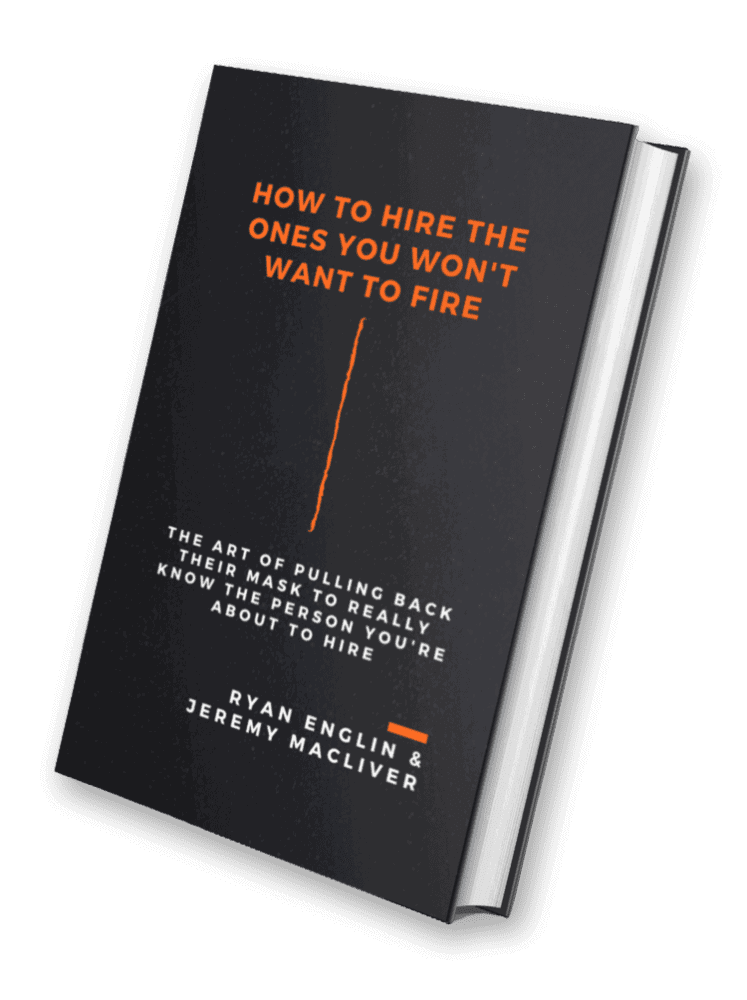Improve Your Interview Process With This One Technique

In the world of fishing, there’s a delicate balance between reeling in a catch and letting it slip away. The key? Drag. It’s a crucial element that ensures the success of your fishing expedition. But what does fishing have to do with hiring, you might wonder?
Imagine your interview process as a fishing trip. Your candidates are the elusive fish and your goal is to land the perfect catch. Just like a fishing line, your interview process needs the right amount of drag to secure top talent without losing them to competitors.
Let’s dive deeper into this analogy.
The Importance of Drag
In fishing, drag is the resistance applied to the fishing line. It serves two essential purposes: controlling the amount of pressure the fish feels and preventing the line from breaking under excessive strain.
Similarly, in hiring, drag represents the balance between pushing candidates forward in the process and allowing them the time they need to demonstrate their skills.
Too Much Drag: Risk of Losing the Catch
Imagine you’ve hooked a prized fish, but you’ve set the drag too tight. The line strains under the weight, threatening to snap at any moment.
In recruitment terms, excessive drag manifests as a prolonged, overly intense interview process. When candidates face too many hurdles or delays, they’re likely to become frustrated and disengage.
Eventually, your top candidate will swim away to other opportunities, leaving you empty-handed.
Not Enough Drag: Losing the Battle
On the other hand, insufficient drag spells trouble too. If your interview process lacks structure or urgency, candidates might slip through the cracks and end up in the nets of your competitors.
Just as a fisherman risks losing their catch to too much slack or even a hungry predator, hiring managers run the same risk when they fail to move quickly and decisively.
Finding the Right Balance for Your Interview Process
Achieving the perfect balance of drag in your hiring process is similar to mastering the art of fishing. You want enough resistance to keep candidates engaged and invested, but not so much that it becomes a deterrent.
So, how can you strike this balance effectively?
- Define Clear Expectations: Set clear timelines and expectations for each stage of the interview process. Communicate these expectations to candidates upfront to manage their anticipation and prevent misunderstandings.
- Streamline Procedures: Eliminate unnecessary steps and red tape that can slow down the interview process. Simplify application procedures and use technology to automate repetitive tasks, such as scheduling interviews or sending follow-up emails.
- Maintain Communication: Keep candidates informed about their progress and provide regular updates on the status of their application. Transparency builds trust and demonstrates respect for their time and effort.
- Flexibility and Adaptability: While consistency is essential, be prepared to adjust your approach based on the unique circumstances of each candidate. Flexibility shows that you value individual needs and are willing to accommodate reasonable requests.
- Evaluate Effectiveness: Continuously monitor and evaluate the efficiency of your hiring process. Solicit feedback from candidates and internal stakeholders to identify areas for improvement and fine-tune your approach accordingly.
Final Thoughts
In the competitive landscape of the blue collar world, mastering the art of hiring is essential to secure top talent. Just like a skilled angler adjusts their drag to reel in the perfect catch, you have to find the right balance to attract and retain the best candidates.
By applying the principles of drag management to your interview process, you can increase your chances of landing the ideal candidates while avoiding the pitfalls of excessive or insufficient resistance.
Cast your line wisely and reel in success with every hire.



